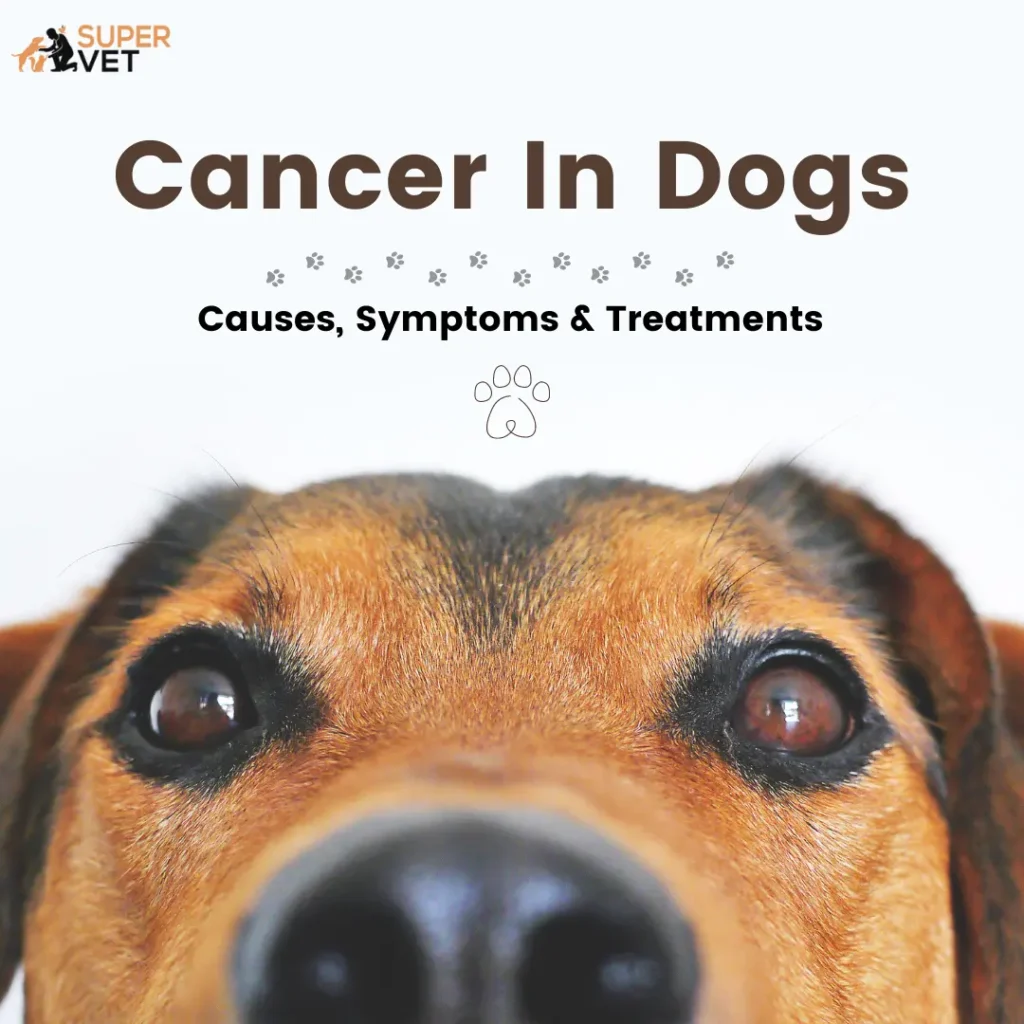Cancer in dogs, also known as canine cancer, refers to the abnormal, uncontrolled growth and division of cells in a dog’s body that can lead to the formation of tumors or masses. These tumors can be either benign or malignant, and they can occur in various parts of the body, including the skin, bones, organs, and glands.
There are many different types of canine cancer, which can affect various organs and tissues in a dog’s body. Some common types of canine cancer include lymphoma, mast cell tumors, osteosarcoma, hemangiosarcoma, and melanoma, among others.
The causes of cancer in dogs are not entirely clear, but certain risk factors such as genetics, age, and exposure to environmental toxins or radiation may increase the likelihood of developing cancer. Some breeds are also more susceptible to certain types of cancer than others.
Causes of Cancer in Dogs:
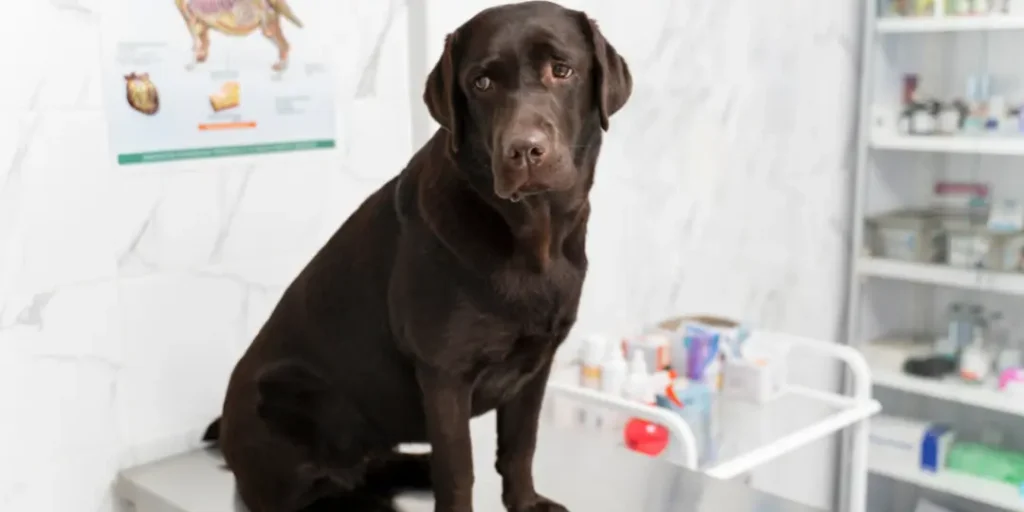
The causes of cancer in dogs are complex and not fully understood. However, several risk factors and contributing factors have been identified, including:
- Genetics: Certain breeds of dogs are more susceptible to certain types of cancer. For example, Golden Retrievers are more prone to developing lymphoma, while Boxers are more prone to developing mast cell tumors.
- Age: As with humans, the risk of cancer increases with age in dogs.
- Environmental factors: Exposure to certain chemicals, such as pesticides, herbicides, and other toxins, can increase the risk of cancer in dogs. Additionally, exposure to secondhand smoke has been linked to an increased risk of lung cancer in dogs.
- Obesity: Studies have shown that overweight and obese dogs are at a higher risk of developing certain types of cancer.
- Diet: A poor diet that is high in carbohydrates and low in protein and nutrients can contribute to the development of cancer in dogs.
- Weak immune system: A weakened immune system, often as a result of certain diseases or medications. This can increase the risk of cancer in dogs.
It’s important to note that not all cases of cancer in dogs have a clear cause or risk factor. In many cases, cancer may occur spontaneously, without any known cause.
Symptoms of Cancer in Dog:
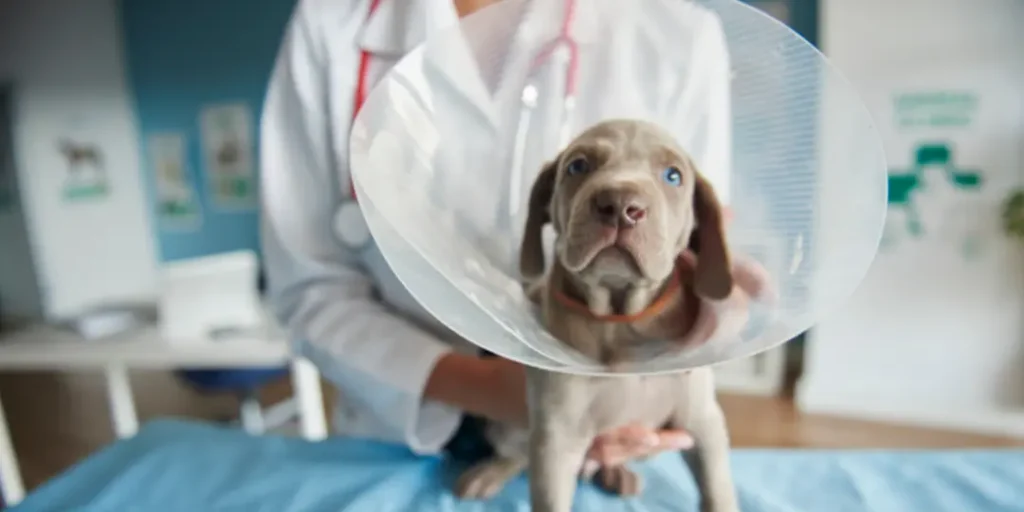
The symptoms of cancer in dogs can vary depending on the type of cancer and its location in the body. Some common signs and symptoms of cancer in dogs include:
- Lumps or bumps: The appearance of a new lump or bump on the dog’s body that does not go away or grows in size could be a sign of cancer.
- Abnormal bleeding: Unusual bleeding from the mouth, nose or other parts of the body can be a symptom of cancer.
- Weight loss: Unexplained weight loss, even when the dog is eating normally, can be a symptom of cancer.
- Loss of appetite: A decrease in appetite, reluctance to eat or difficulty swallowing can be a symptom of cancer.
- Difficulty breathing: Cancer can affect the lungs or other parts of the respiratory system, leading to difficulty breathing or shortness of breath.
- Lethargy: Dogs with cancer may appear tired or lethargic, and may have a decreased interest in activities they used to enjoy.
- Digestive issues: Cancer in the digestive system can cause vomiting, diarrhea, or constipation.
- Changes in behavior or activity levels: Dogs with cancer may become more withdrawn or irritable. they may experience changes in their behavior or activity levels.
It’s important to note that these symptoms can also be caused by other health conditions, so it’s important to consult a veterinarian if you notice any changes in your dog’s health or behavior.
Diagnosis:
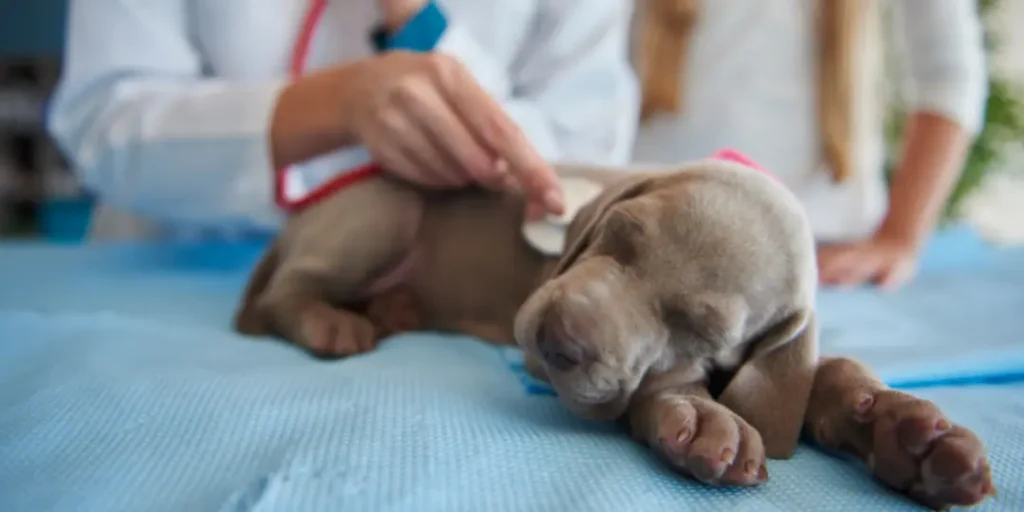
Diagnosing cancer in dogs typically involves a combination of physical examination, imaging tests, laboratory tests, and sometimes biopsy. Here are some common methods for diagnosing cancer in dogs:
- Physical examination: A veterinarian will perform a thorough physical examination of the dog, including checking for any lumps, bumps, or other abnormalities.
- Imaging tests: X-rays, ultrasounds, CT scans, or MRIs can be used to detect tumors or masses inside the body.
- Laboratory tests: Blood tests, urinalysis, and other laboratory tests can help identify changes in organ function or detect tumor markers.
- Biopsy: In some cases, a veterinarian may perform a biopsy to collect a sample of tissue from a suspicious lump or mass to be examined under a microscope.
Once a diagnosis of cancer is made, further tests such as staging and grading may be performed to determine the extent of cancer and its aggressiveness. This information is used to help determine the most appropriate course of treatment. It’s important to work closely with a veterinarian and follow their recommendations for diagnosing and treating cancer in dogs.
Treatments:
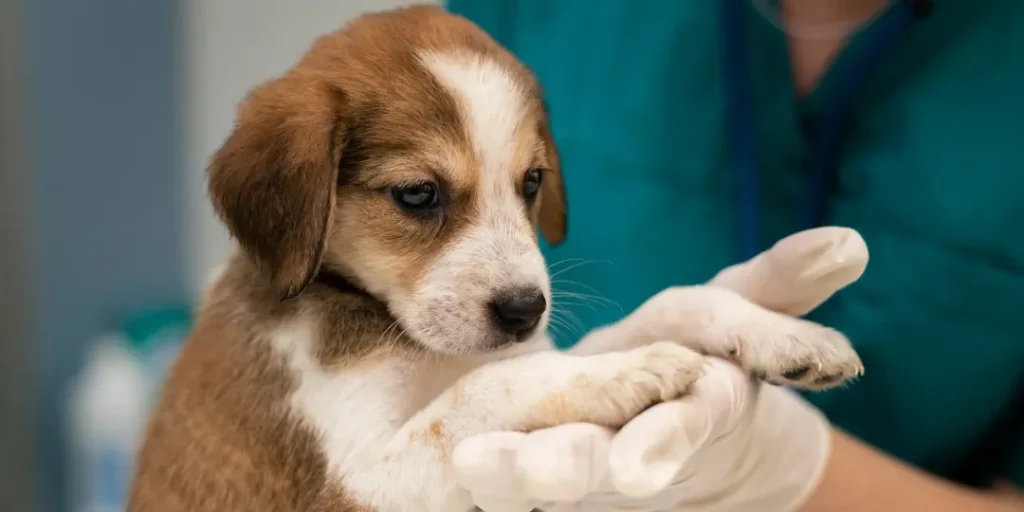
The treatment of cancer in dogs depends on several factors, including the type of cancer, the stage of the disease, the dog’s age, and overall health. Common treatments for cancer in dogs include:
- Surgery: If the tumor is localized and hasn’t spread, it may be possible to remove it through surgery. Surgery is often the first line of treatment for many types of cancer.
- Chemotherapy: Chemotherapy involves the use of drugs to kill cancer cells. It can be used alone or in combination with other treatments, such as surgery or radiation therapy.
- Radiation therapy: Radiation therapy uses high-energy radiation to kill cancer cells. It’s often used in combination with other treatments, such as surgery or chemotherapy.
- Immunotherapy: Immunotherapy is a newer approach to cancer treatment that involves using the dog’s immune system to fight cancer. It may involve the use of drugs or other therapies that stimulate the immune system to attack cancer cells.
- Palliative care: In some cases, cancer may be too advanced or aggressive to be cured. In these cases, palliative care is used to manage the dog’s symptoms and improve its quality of life.
The best treatment for cancer in dogs will depend on several factors, including the type of cancer, the stage of the disease, the dog’s age, and overall health. It’s important to work closely with a veterinarian to develop an individualized treatment plan for your dog.

